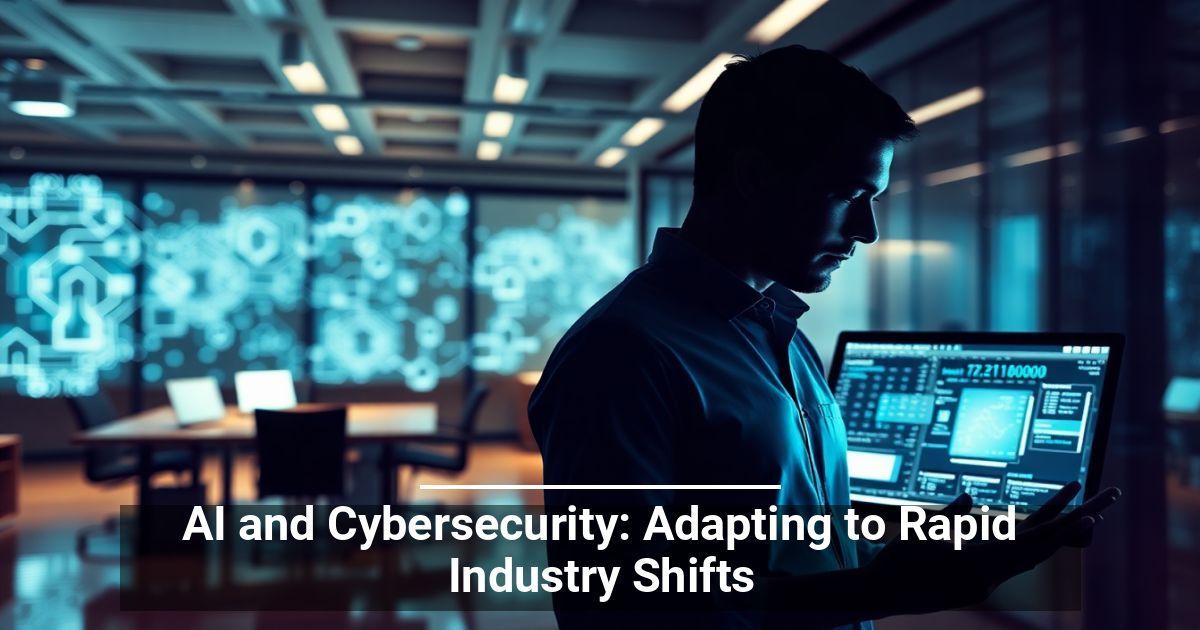How many emails did you receive today? How many of those emails were marketing messages from a company trying to get you to request more information, buy something, or buy more? Most of the emails you receive daily are part of an overall marketing plan since most companies see a massive ROI on their email outreach efforts.
However, today’s effective email campaigns are nothing like those of a few years ago. Changes in how people use email and ever-changing regulations regarding how customer data can be used can make it hard to reach your goals and get results from delivering messages directly to customer inboxes.
Still, with some adjustments to your email marketing strategy, you can maximize customer engagement, foster relationships, and achieve your ROI and sales targets.
Email Marketing Tactics That Deliver
The old email marketing strategy of blasting your information to a random list of all the addresses you could find is no longer effective. It will tank your campaign. Taking that approach can result in penalties from inbox providers that cause your messages to land directly in spam folders.
The foundation of today’s effective email campaigns is a well-thought-out, personalized, and laser-focused approach that implements key practices.
Maintain Excellent List Hygiene
Data decays faster than ever now, meaning that a significant portion of your email list will likely be out-of-date. Old, “dead” email addresses cause your emails to bounce, and the higher your bounce rate, the lower your reputation with the inbox providers. Email list hygiene, meaning you consistently remove incorrect or outdated addresses to ensure email deliverability, can help reduce your bounce rate and ensure all your messages land in the right place.
Keeping your list clean also means you should avoid purchasing lists. Buying lists increases the risk of recipients marking your messages as spam since they never requested them, hurting your reputation.
Make Your Content Compelling
Suppose you don't want customers to delete or report your messages as spam. In that case, you cannot send generic, irrelevant, or poorly timed emails. Everything you send must have a purpose, whether welcoming a new customer, introducing a new product, upselling, or reaching out for any other reason.
One way to ensure effective email campaigns reach the right people is to employ intelligent customer segmentation. This support customizes customer content based on how they previously interacted with your company. Email personalization and high-quality content that delivers on your promises will grab attention and spur high open and response rates.
Use Campaign Automation Tools to Your Advantage
Implementing automation supports effective email campaigns by saving time and helping you keep your messages in front of customers. Campaign automation also allows you to integrate this tactic into your cross-channel marketing campaigns to reach customers where they are, when they need you, and create a relevant and consistent experience for your company's benefit.



